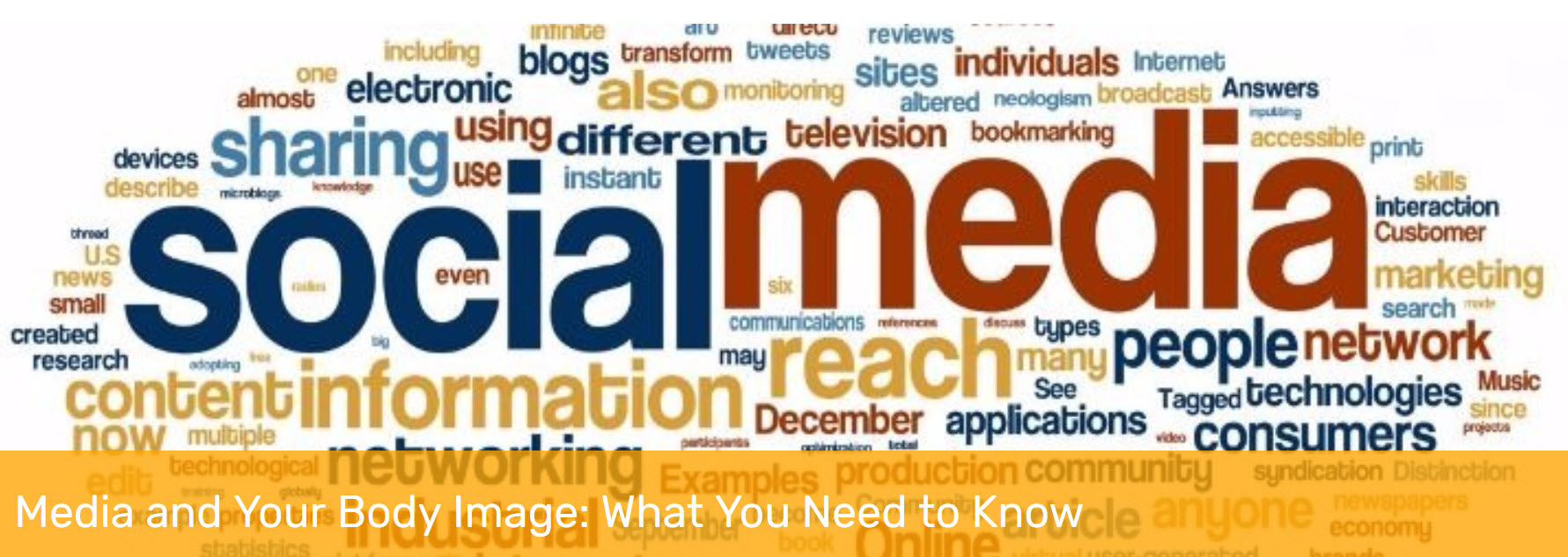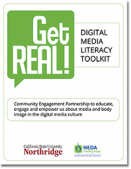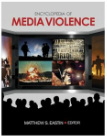|
|
My Articles, Media Guides, and Fact Sheets
I have written numerous articles, reports, media guides, fact sheets and issue briefs.
The publications listed here frame the key issues in my workshops and training sessions.
A list of recommended resources is available as part of my presentations.
Media and Your Body Image
|
Click icon to get article
|
Get Media Literate! What You Need to Know
We spend more time than ever using media and everywhere we turn there are messages telling us how we should look that can make us feel less confident about our appearance. While we’re probably not going to use less media, we can protect our self-image and body confidence from media’s narrow body ideals that reinforce thinness for women and muscularity for men. It’s all about asking the right questions.
|
Get REAL! Digital Media Literacy Toolkit
|
Get REAL! about Media and Body Image
In our media saturated culture, it is hard to escape the onslaught of messages about our bodies. To help counteract media's potential influence in normalizing unrealistic body standards, I directed a civic engagement project in which students in my university classes collaborated with the National Eating Disorders Association to create a digital media literacy toolkit. The toolkit features interactive activities to test your media literacy skills, find out what your digital footprint tells about your body image, and let people know where you stand on media's picture-perfect body images.
|
| getrealtoolkit.pdf | |
| File Size: | 7064 kb |
| File Type: | |
Media Literacy and Media Violence
|
What is the connection between media violence and real life violence?
Do certain types of violent depictions trigger certain individuals to commit violent acts? These questions have been studied by scholars for decades. The bottom line is yes, under certain circumstances, there is a relationship between screen violence and bullying, sexual assaults, school shootings, and other violent acts. Then the question becomes, what can we do to mitigate potential adverse effects, particularly among children and adolescents? One of the most viable approaches is media literacy education. I discuss the evidence about the role media literacy can play as an intervention for media violence in “Media Education and Media Literacy” published in the Encyclopedia of Media Violence, the most comprehensive compilation of the research to date. (available from Sage Publications) |
Cyber Harm
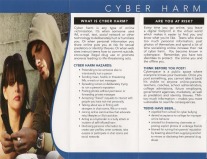
A brochure for Teen Line,
a youth crisis hotline at
Cedars-Sinai Medical Center,
Los Angeles, California
Available from Teen Line:
http://www.teenlineonline.org
The Good, the Bad, and the URL. . .
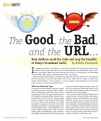
Help children avoid the risks and reap the benefits of today's broadband world.
Is hanging out online a good thing or a bad thing for today's kids? Many parents and teachers think it's a time-waster and risky. But new research indicates that spending time online is actually a good thing. Children and teens who hang out online are developing the critical-thinking and technical skills required of digital citizens in the 21st century.
What about the potential dangers youth may encounter when they go online? There are certain online risks, but they are no greater than offline risks. In fact, online risks are similar to offline risks, but the online behaviors --and consequences-- are more public. As with anything, in the new media world, you have to take the good with the bad.
| goodbadurl.pdf | |
| File Size: | 514 kb |
| File Type: | |
You Are What You Post
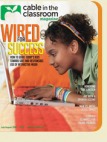
Now that anyone can create digital content,
we must help children understand what that means.
Ask any parent what concerns them about kids being online and chances are strong
that bullies, predators, and pornography top the list. . . many parents or guardians overlook what may end up plaguing the first generation coming of age online:
their cyber trail.
| youarewhatyoupost.pdf | |
| File Size: | 255 kb |
| File Type: | |
New Media, New Rules
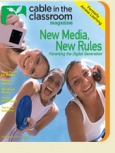
Simple advice for complex times: parenting a digital generation.
Do you blog? Test message? E-mail photos from your cell phone?
Download music to an MP3 player or upload videos to share on a website?
Do you listen to radio over the Internet or tune in to podcasts? Do you play MMORPGs?
Chances are your kids do some or all of these things. Yet most parents find that it's virtually impossible to keep up. . . Raising the digital generation requires a new set
of rules - but before setting limits, it's important to understand the role media play
in kids' lives today.
Click icon to download article:
| newmedianewrules.pdf | |
| File Size: | 318 kb |
| File Type: | |
Screen Time, Quality Time

Five tips to help parents pick the right media for their child.
1. Pick TV shows and Web sites that match your child's age and stage of development.
2. Pick media content that your children can trust.
3. Pick media content that builds on your children's interests.
4. Pick media stories with good role models who support the values you want
your child to learn.
5. Pick media content that actively engages your child and develops critical thinking skills.
| screentimequalitytime.pdf | |
| File Size: | 227 kb |
| File Type: | |
Navigating the Internet Common Sense Viewpoint

My daughter recently turned 16 and got her license. Turning 16 also marked her first foray into the blogosphere. After signing up for MySpace, we went online together to review her profile. Out went her last name, address, and any other personal identifying information. I’m not paranoid; I’m proactive. Every parent needs to be proactive when it comes to keeping their kids safe online.
| navigating_the_internet.pdf | |
| File Size: | 25 kb |
| File Type: | |
Raising Media Savvy Children

A Common Sense Toolkit
Whether media's influence is positive or negative depends on how media are used.
Parents are the ones who can make a difference in the way their family uses media.
Parents can do more than "just say no," they can practice Media Literate Parenting.
Available at: http://www.commonsensemedia.org/
A Parent's Guide to the TV Ratings and V-Chip
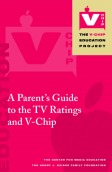
Many parents are more concerned than ever before about the impact of TV on their children. They want to do what they can to monitor the kinds of violence, sex or adult language their children are exposed to on TV.
The TV ratings and V-chip can help parents navigate their children's way through
the vast TV world. The TV ratings can help parents figure out which programs are inappropriate for a certain child's age or undesirable because of sex, violence or
adult language. The V-chip can help parents "screen out" the programs with TV
ratings they don't want their children to watch. The V-chip is already built into TV sets
-- parents who want to use it just have to turn it on when they set up their TV set.
Download guide by clicking icon below or at: http://i.ncta.com/ncta_com/PDFs/VChip%202000%20Brochure.pdf
| vchipguide.pdf | |
| File Size: | 289 kb |
| File Type: | |
Media and Your Body Image

Media messages bombard us with unrealistic body images of women and men -
they tell us how we should look and feel and sell us ways to achieve it,
pressuring us to diet and exercise, even take supplements or undergo surgery,
to attain the media culture's ideal body standard. Learn to ask the key media literacy
questions to challenge messages about body image.
This one-page guide is part of Me and My BMI: The Body Media Image (BMI) Project, a collaboration of the Journalism Department and Joint Advocates on Disordered Eating (JADE), A Peer Education & Prevention Project of the University Counseling Services at California State University, Northridge.
| bmi.mediabodyimage.pdf | |
| File Size: | 53 kb |
| File Type: | |
Children, Health and the Media: Report and Fact Sheet Series

A series of reports and fact sheets on topics related to children, media, and health
that pull together the most relevant research on such topics as TV violence,
media ratings, teens online, children and video games, media and childhood obesity,
kids coping with news about terrorism and everyday violence, entertainment education,
and the role of media literacy education in the digital age.
Available at: http://www.kff.org/entmedia/entmediafactsheetseries.cfm
